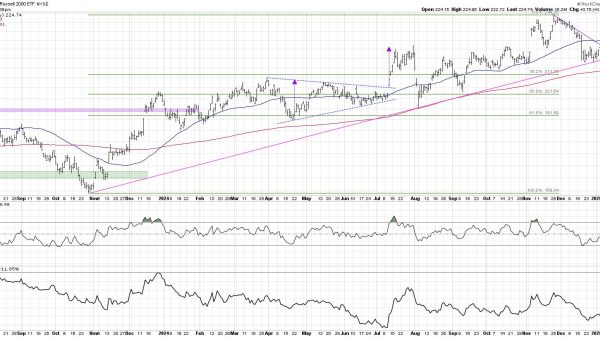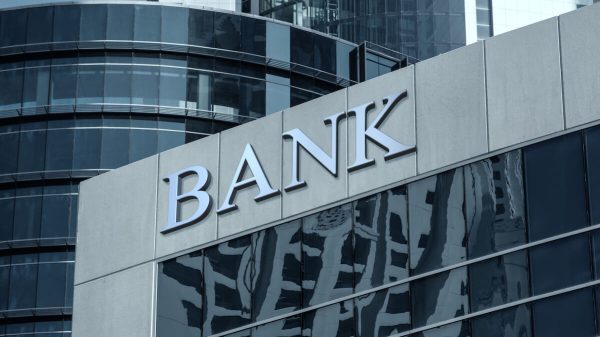In recent years, the ever-changing disaster recovery landscape has seen tremendous upheaval. Increasing cybersecurity dangers have evolved as firms increasingly adopt cloud technology and remote workforces. Recent findings illuminate these tendencies, stressing the importance of effective resilience strategies.
In recognition of rising digital dangers, 60% of substantial UK organisations have chosen to outsource their cybersecurity activities. The key justifications claimed for this change in the strategy include getting access to specialised expertise, an abundance of assets, and compliance with high-security regulations. Businesses may concentrate on core operations whilst relying on competent collaborators to defend against possible calamities by outsourcing cybersecurity.
According to the Cyber Security Breaches Survey, hackers appear to represent a serious danger to UK organisations. In 2022, 39% of firms polled reported incidents related to cyberspace. These complex and difficult-to-prevent assaults have transformed cybersecurity from a potential to a certainty. The evolving threat landscape has boosted the need for complete disaster recuperation systems that can respond and recover quickly.
Cloud computing is critical to digital transition activities, with 93% of businesses recognising its significance. Concerns about data security are growing as businesses increasingly move data to the cloud. In accordance with the Cloud Industry Forum (CIF), the greater the amount of data transported to the cloud, the greater the necessity for thorough security measures. To successfully safeguard critical assets in the midst of this shift, businesses must ensure that their recovery and restoration strategies align with growing cloud expectations.
In light of these alarming statistics, Peter Moorhead, Cyber Security CTO at Telefónica Tech, underscores the importance of adopting Disaster Recovery as a Service (DRaaS) solution; “DRaaS not only empowers businesses to tackle modern cybersecurity threats with continuous data protection but also provides the expertise, resources, and standards required to navigate the complex cybersecurity landscape. As cyberattacks become more sophisticated, organisations must invest in resilient disaster recovery strategies to safeguard their operations and maintain business continuity.”
What Are Some Of The Disaster Recovery Trends?
1. Constant Data Protection
Constant safeguarding of information records and monitors data changes, preserving each version of the data as it evolves. This is critical in the case of a disaster since it allows you to restore your data at any moment in time, until the moment the outage happens.
2. Selecting The Best Solution
Technological advancements enable firms to conduct more efficient and cost-effective cybersecurity operations. Choosing the correct technology for your company, on the other hand, might be a difficult task. Choosing, installing, and administering disaster recovery software is not an easy undertaking.
3. Increased Cloud Adoption
Company activities are evolving faster than ever before; everything is going electronic, online computing is the standard, and there are greater numbers of employees working from home than ever previously. The safety of information is becoming a growing problem, as the greater the quantity of data that is moved to the cloud, the more protection is required.
The needs you have alter when your company migrates from legacy infrastructure to the cloud. As a result, company disaster recovery needs will alter. It’s critical to have a collaborator that understands this, whether you’re just beginning the shift or are completely in the realm of cloud computing.
4. Disaster Protection Increases
Cyber assaults are growing more complex, making them more difficult to avoid.
This has boosted demand for and expenditure on disaster recovery, but many firms are looking for a cost-effective, adaptable, and scalable solution. Traditional disaster recovery involves time, technical skill, and a significant upfront expense, resulting in a significant increase in the number of firms opting for DRaaS in recent years.
5. Creating a Future
Sustainability is an important factor in many aspects of business, including disaster recovery. Sustainability is projected to become increasingly more essential in the coming years, therefore now is the time to consider the long-term sustainability of your disaster recovery.























